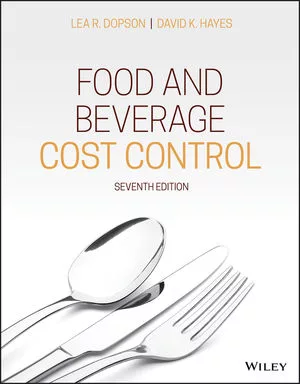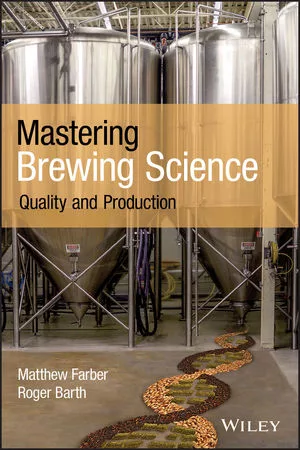Progressing cavity pumps can reduct production cost
High-pressure, high-viscosity applications benefit

Although progressing cavity pumps are not the most common pumps used for conveyance in food and beverage production, certain applications, such as those requiring high pressure or conveying highly viscous media, require this pump type.
Progressing cavity pumps can be well-suited for food and beverage applications that need contamination avoidance, but require an additional pump be included in the system for effective clean-in-place (CIP) procedures. With the right system design, progressing cavity pumps can reduce cost, lower maintenance needs and achieve better results in complex conveying applications.
Where food and beverage pumping applications are concerned, progressing cavity pumps rarely are the first thought in system design. Rotary lobe and centrifugal pumps more commonly are used in these applications and often are the right choice. In many situations, however, rotary lobe and centrifugal pumps are not up to the task of conveyance in food and beverage applications, or are not the most cost-effective solution.
Progressing cavity pumps generally cost less than rotary lobe pumps and are capable of handling higher pressures and higher viscosity materials than either rotary lobe or centrifugal pumps. Cost savings of as much as 50 percent are possible with progressing cavity pumps compared with rotary lobe pumps, especially in smaller volume operations. In addition, in applications where media is under high pressure or of high viscosity, progressing cavity pumps are better suited than the alternatives.
The choice is not so clear-cut for applications requiring an extremely small footprint; in these cases, designers must balance the need for high pressure or high viscosities with available space to determine the best solution.
In the end, progressing cavity pumps are ideal for conveyance tasks in a number of food and beverage production environments, especially those with difficult-to-convey, shear-sensitive, abrasive and/or viscous components.
Specifically in food and beverage applications, progressing cavity pumps can be designed to reduce the risk of contamination. In order to do so, pumps must use materials that have been approved by the U.S. Food and Drug Administration, including metals, plastics and elastomers, with each elastomer compound independently tested to determine suitability. Depending on the material being conveyed, certification might be required for pump systems and processes in food and beverage applications.
Incorporating progressing cavity and other similar positive displacement pumps into food and beverage pumping applications brings up the question of sanitization and CIP processes. Although rotary lobe and centrifugal pumps allow for CIP processes directly through the existing pumping technology, progressing cavity and other positive displacement pumps require a separate pump to enable CIP processes. This does not make them unsuited to the task; it simply requires some additional concern in the initial system design.
CIP procedures are critically important in food and beverage conveying applications because proper pump and pipe cleaning is key to avoiding contamination, bacterial growth and other issues. By running a cleaning agent through the pump system, proper cleaning can be ensured and regulatory requirements can be met.
Usually with rotary lobe and centrifugal pump systems, there is no need for a separate CIP pump. The pump in use can be used as a CIP pump for cleaning by simply running the proper CIP solution in place of the usual food or beverage media. It often is easier to disassemble these types of pumps for cleaning than progressing cavity pumps. Rotary lobe and centrifugal pumps can be disassembled for cleaning without disconnecting piping; however, progressing cavity pumps must be fully disassembled, including the rotor and stator in order to perform manual cleaning tasks.
Given that the suction body of the progressing cavity pump is larger than the surrounding piping, a velocity drop of the cleaning solution within the suction body will happen if the progressing cavity pump is used for CIP procedures. As a result, the cleaning solution does not achieve the proper velocity throughout the system, hampering the success of the CIP process. By using a separate pump, proper velocity can be achieved and CIP processes are successful.
Given that a separate CIP pump is required for systems that include progressing cavity pumps, it also is important that the progressing cavity pump design has the appropriate bypass setup, as well as suction and discharge ports that allow for the addition of a separate pump. The NETZSCH NEMO Progressing Cavity Pump is an excellent example of this kind of design for sanitary applications, as the NEMO pumps have suction and discharge ports located tangential to the body of the pump in order to achieve complete drainage and proper circulation through the pump for cleaning. In addition, NEMO pumps feature open universal joints to enable the best cleaning of the universal joint and the elimination of dead zones that can lead to contamination. BI
Looking for a reprint of this article?
From high-res PDFs to custom plaques, order your copy today!






